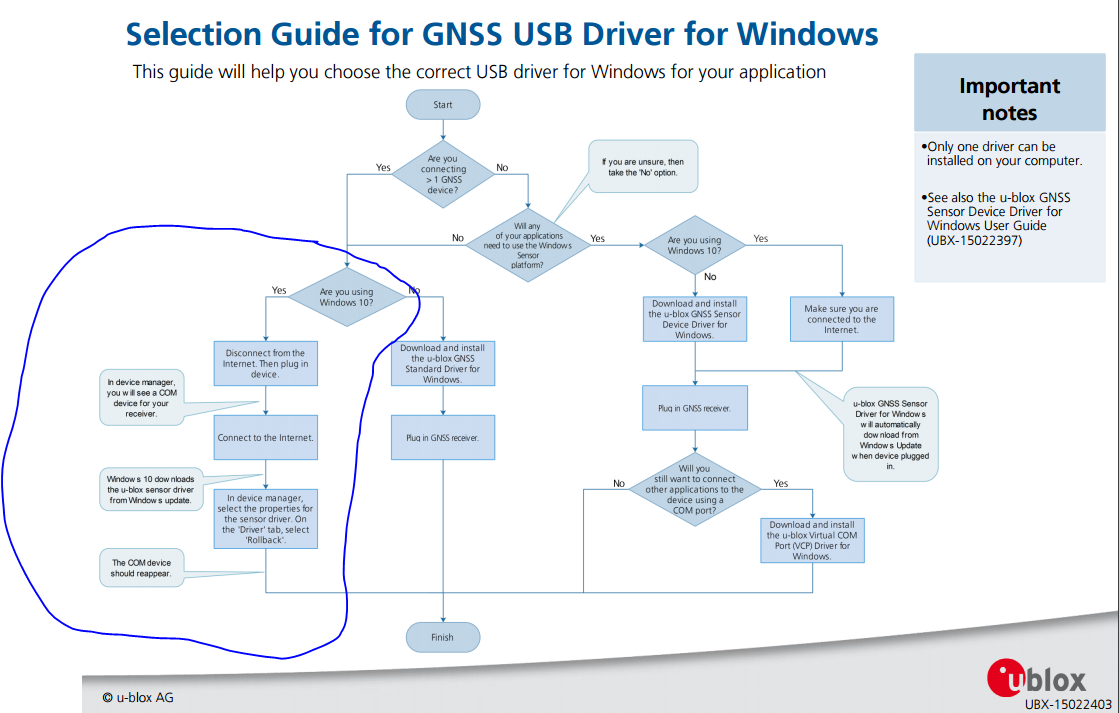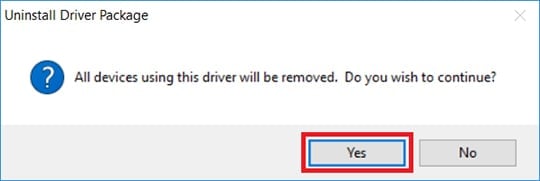Select LG Mobile Drivers and click Windows or Mac button to download LG Universal Mobile Drivers. Installing USB Driver. If your phone is connected to the USB Port of your PC, Disconnect it before running the installer you just downloaded. Click the downloaded.exe file. Select the language and click Next button to install LG Universal. ROS u-blox ZED-F9P Driver Description. This is a simple driver that converts the NMEA strings provided by the ZED-F9P board to standard ROS messages. Currently, it provides lattitude, longitude, altitude, heading, and speed (along with a diagonal positional covariance matrix). Supported Sentences. Currently supported NMEA sentence types are.
The driver installs a virual com port that pops up when you plug the usb in. Location sensor whether u-blox gps receiver. This is not a trial version with limited functionality - it is free for life and extremely accurate, reliable, and battery-efficient, rivaling any other golf gps app or expensive golf gps handheld or watch on the market! Open the Device Manager by right clicking “My computer” and selecting control panel. Look under Ports (COM & LPT). You should see an open port named 'USB Serial Port' Right click on the 'USB Serial Port' and choose the 'Update Driver Software' option. Next, choose the 'Browse my computer for Driver software' option.
One of my never-ending projects is building a packet radio “Go Kit”, largely based around Ed, W6ELA’s “APRS Box” concept. After some extensions to add Packet BBS, Winlink, and AREDN support, I’ve started calling the thing a “PiComm” unit. One day I’ll write up more on it.

One of the more critical components of the setup is a GPS receiver: this provides location info for APRS, and allows the Raspberry Pi (which has no Real-Time Clock) to know what time it is without accessing the internet. I grabbed this unit, which had great reviews and 1-day shipping.
I am an impatient ham, after all.
Once it arrived, I installed GPSD on Raspbian Jesse and plugged it in. In theory, the system should have seen the GPS device appear on USB and automatically started GPSd. Except…it didn’t. Worried I got a dead unit, I did some digging and found the device was present by running lsusb -v and dmesg | grep -i usb, and which showed the device mounting at /dev/ttyACM0. Running cat /dev/ttyACM0 got me lots of raw GPS data, too - the receiver was fine. So why wasn’t GPSd starting automatically?
On Linux the job of starting services or auto-running commands when devices are plugged in are handled by a service called uDev, which uses a somewhat cryptic language to define rules that trigger actions - like auto-mounting a USB hard drive when it’s plugged in. When installed on Raspbian, GPSd automatically defines rules for many receivers in /lib/udev/rules.d/60-gpsd.rules - but doesn’t include rules for u-Blox 7 receivers:
Admittedly, that looks pretty close to what I saw earlier from running lsusb -v - but not close enough:
Everything is the same with the uBlox 7 chipset, except the idProduct is different: 01a7, vs. 01a6 or 01a5. So, to get uDev to launch GPSd automatically when I plug it in (or when the system boots), I just copy one of the existing lines and edit the idProduct to match mine:
Reload the uDev rules and et voilà! Even better, GPSd re-maps the devices entry in /dev to /dev/gps0, which makes it easy to configure other apps like Polaric to grab position data - regardless of what receiver you use.
With an Android-powered device, you can debug your Android applications just as you would on the emulator.
Downloading USB Driver
If you don’t have USB driver for LG Android device, you can download it from the product support page of the LG Electronics site.

1. Visit LG Electronics site.
2. Select your region, country and language.
3. Select Support > Product Help > Software, Firmware & Drivers menu.
4. Select LG Mobile Drivers and click Windows or Mac button to download LG Universal Mobile Drivers.
Installing USB Driver
If your phone is connected to the USB Port of your PC, Disconnect it before running the installer you just downloaded.
1. Click the downloaded.exe file.
2. Select the language and click Next button to install LG Universal Mobile Driver.
U-blox 7 Gps Driver
3. When the driver is installed successfully, you can see the message as below.

4. Please connect your USB cable directly to the PC. Do not use a USB Hub.
Download U-blox Port Devices Driver Windows 7
Setting up a Device
Before you start debugging your Android application, you need to set up a device. Follow the steps below.
1. Connect your device to your development computer.
2. Turn on 'USB Debugging' on your device.
On the device, go to Settings > Developer options and enable USB debugging in the device system settings, under Settings > Developer options.
U-blox 7 Software
3. Test that the driver is correctly installed using adb.
You can verify that your device is connected by executing adb devices from your SDK platform-tools/ directory. If connected, you'll see the device name listed as a 'device.'
